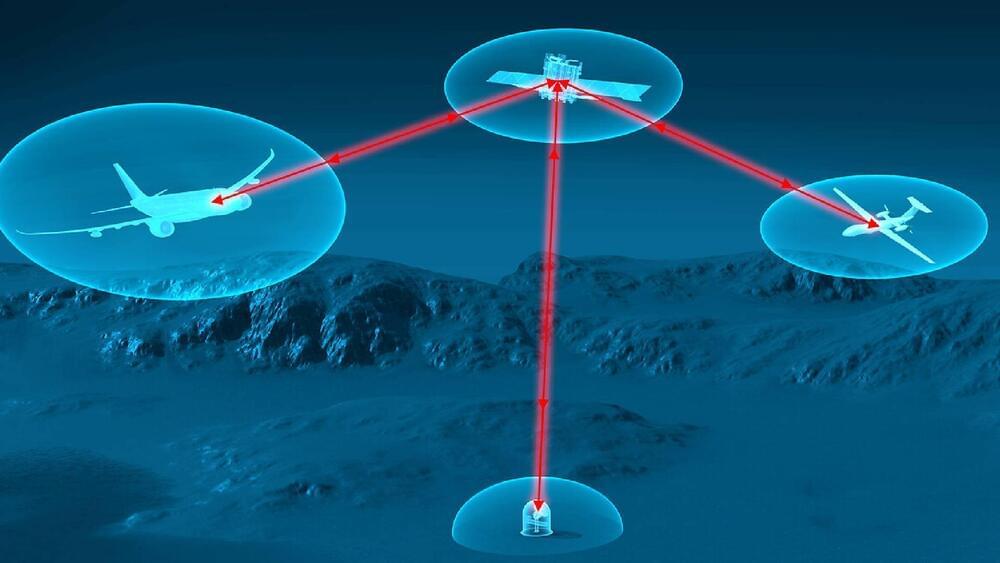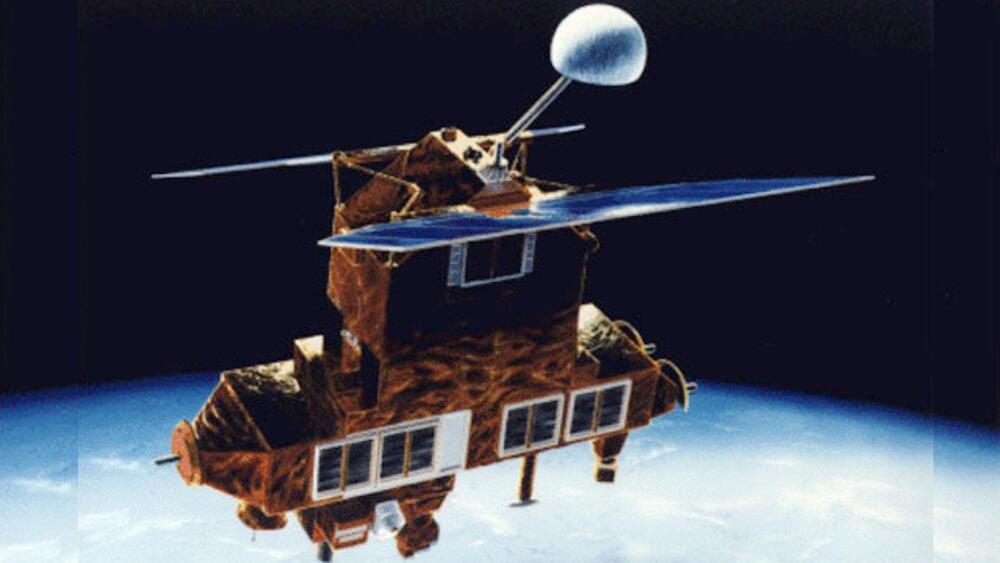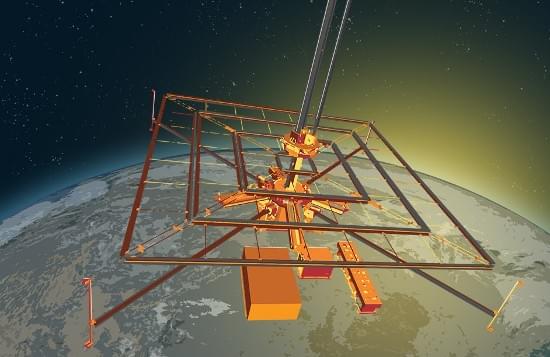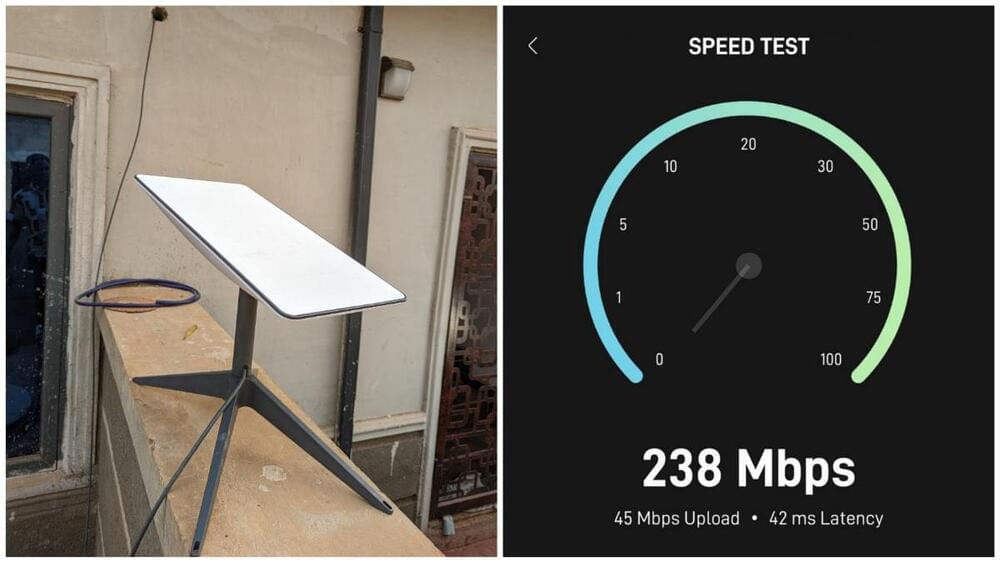WALLOPS ISLAND, Va. — A rocket launch set for Monday, January 23 in Virginia will be visible to much of the east coast of the United States, according to NASA.
The 59-foot-tall Electron rocket from Rocket Lab USA is set to take off from NASA’s Wallops Flight Facility along the southeastern coast of Virginia sometime between 6 and 8 p.m.
The mission, named “Virginia is for Launch Lovers,” will deploy radio frequency monitoring satellites for Virginia based geospatial analytics company HawkEye 360. NASA said the mission will help foster a growing low-Earth space economy.






